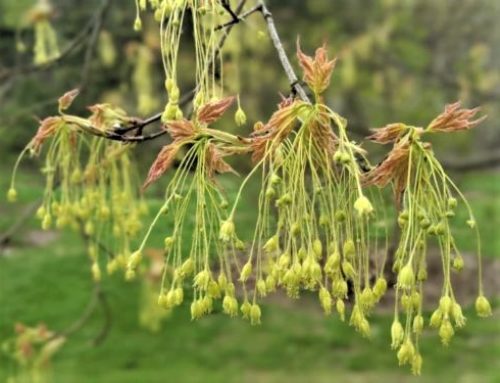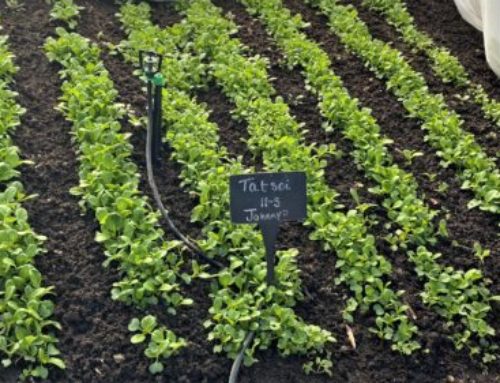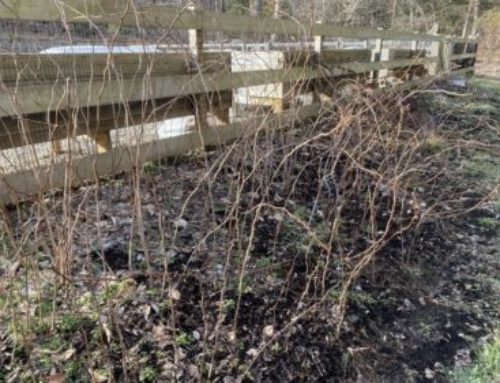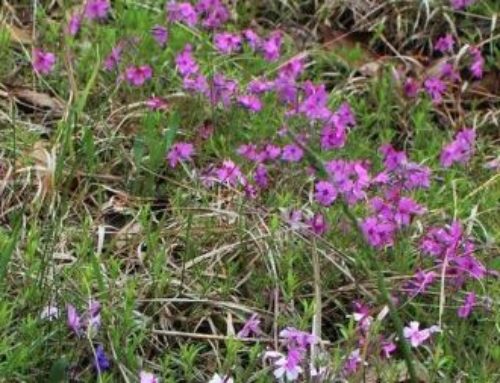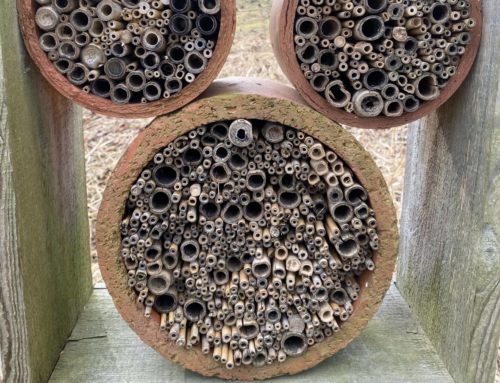This is the story of Thomas and Margaret Minshall, Quaker immigrants from England who crossed an ocean in 1682 to set up a homestead in the Americas. They wanted to find a place where they, their children and grandchildren could practice their faith peacefully. Their determination and hope led them to build a community in Media, Pennsylvania, which still exists to this day. The land that they were granted in 1681 by William Penn remained in their family, essentially intact, until 1944, when it was left in trust to become The Tyler Arboretum.
In May of 1682, the Friendship set sail from Liverpool, England for William Penn’s colony, Pennsylvania. It was a small ship, approximately 75 feet long, with a crew of six men. The Friendship was chartered by Penn to bring settlers to his colony. Each of the families on board had purchased land – sight unseen — from Penn before leaving England.
Among the passengers on board were Thomas and Margaret Minshall and their infant daughter. They had purchased 625 acres from Penn, which included 10 acres in what would become Philadelphia, and the rest of the land split between Nether Providence and Middletown, Pennsylvania. They knew most of the other passengers, who were neighbors and fellow Quakers from the Cheshire area. Thomas’s sister, Elinor, was on board traveling with her husband, Robert Vernon, her son and Robert’s two brothers, Randal and Thomas.
The trip was grueling. The only food available was that which they brought with them. Since the food had to last at least three months, it generally consisted of salted meats and hardtack. There were no sanitary facilities, and any washing was done with salt water. Quarters were cramped and sickness was not uncommon. The Minshall’s infant daughter, Rebecca, died at sea as did an older child from the Sharpless family. Finally, after 12 weeks and over 3,000 miles, the ship arrived in Delaware Bay and landed in New Castle, Delaware or Chester, Pennsylvania on August 14, 1682. Through the long and dangerous voyage these families held on to the hope that led them to board the Friendship.
When William Penn deeded the property to the Minshall family, he was nourishing that seed of hope. Penn was a devout Quaker who had been fined and imprisoned numerous times for defying English laws used to persecute Quakers and others who did not support the Church of England. And he was not alone. Many men and women were whipped, tortured, imprisoned and fined because of their Quaker beliefs. Penn had been given the land by King Charles II in 1681 to pay a debt the king owed to Penn’s late father, Admiral William Penn. Penn decided to use his newly acquired holdings in America to create a place where all people could worship in the way they wanted. Thus, Pennsylvania was founded.
The Minshall, Vernon and Sharpless families all left England for the same reason – religious freedom for themselves and their children. Being torn between their conscience and the law, living in fear of imprisonment and confiscation of their property, and knowing that they would not be allowed to live in peace or be able to prosper were all compelling reasons to start a new life despite the difficulties they encountered on the journey to their new home. In 1682, approximately 2,000 Quakers from England and Wales made the journey to Pennsylvania.
Most of the passengers on the Friendship purchased land fairly close to one another. The Minshall family built their home in Nether Providence, as did the Sharpless family. The Vernon brothers had adjoining properties in what is now Rose Valley, where they built their homes. Having friends and family nearby helped the Minshalls build a community where they could practice their faith peacefully and live in accordance with their values.
The Minshall home was used for Quaker services until a meeting house was built. The Providence Quaker Meeting House was built on land donated by Thomas Minshall’s sons. The Minshall family did not move to what is now the Tyler property until 1711 when their home, Round Top, was built. Lachford Hall was built in 1738 by Thomas Minshall II, grandson of Thomas and Margaret Minshall. Many of these properties can still be seen throughout the area today, and visitors to Tyler will find Lachford Hall standing proudly in our Historic Core overlooking the Old Arb. That rich and vibrant history would not exist without the resilience, determination and hope of that early Quaker community.
The spirit that brought the Minshall and Sharpless families to Pennsylvania is nothing new to the story of America. It is present in every person who takes the tremendous risk to move to a new country in the hopes of a better life for themselves and their families. It is an essential part of the fabric of American culture, and we must rely on that resilience now more than ever, as we move forward into 2022. As long as we come together as a community and rely on that same sense of hope, we are sure to move forward into a brighter and more promising future.


